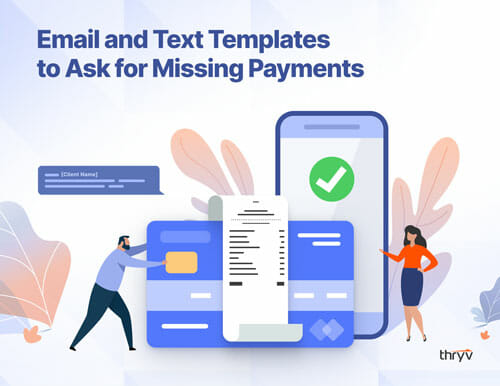Inboxes are overflowing with impersonal, automated emails. And building an email list is no longer a numbers game. It’s about the art of forging meaningful connections with your audience.
Email lists serve as a versatile tool. Whether you’re sending promotional campaigns or newsletters with updates, communication is key. But where do you start when you have no emails to contact?
Fear not— Let’s dive in.
 Why Do You Need An Email List?
Why Do You Need An Email List?
Building an email list lets your business connect with your audience. It nurtures relationships and helps you achieve your marketing goals.
Email marketing can tend to get a bad reputation, but it’s one you won’t want to write off. Despite being one of the more seasoned methods of communicating with customers, it’s one of the more lucrative methods.
The benefits speak for themselves.
- Direct Communication: Email lets you communicate directly with your audience, making it a personalized and effective marketing channel.
- Cost-Effective: Email marketing is less costly compared to traditional marketing methods, like print advertising or direct mail.
- Brand Awareness: Consistent email communication keeps your brand top of mind for subscribers.
- Measurable Results: You can track email campaign performance through metrics like open rates, click-through rates and conversions. Refine your marketing strategy as needed.
- Low-Risk: You’ll always have your email contacts without the risk of losing them like you could on social media accounts.
6 Techniques For Building An Email List
Building an email list is a pivotal step, but it’s not a one-time effort. To make the most of your email list, you need to consistently grow it and nurture your subscribers.
Here are some best practices to keep in mind.
1. Create A Lead Magnet To Create Interest
A lead magnet is an incentive that you offer to potential subscribers in exchange for their email addresses. Consider offering incentives like:
- Free downloads
- Templates
- Workshops
- Resource Guides
Once subscribed, they’ll get to know more about your business and the services you offer. This can greatly boost your conversion rates.
2. Optimize Your Sign-Up Form For Simple Opt-In
Make sure your email sign-up forms are front and center on your website homepage. They should be easy to fill out and mobile-responsive. You can use pop-ups, slide-ins or embedded forms strategically throughout your site, but don’t go overboard. Having a pop-up at every click can hinder your customers from exploring your website
3. Keep Your Contacts Organized
Use a customer relationship management (CRM) system to take the stress out of keeping tabs on all of your conversations in one platform.
CRMs can also help you segment your email list to help you know what emails to send to specific subscribers. You can categorize your subscribers based on their behavior, preferences and demographics. This allows you to send more targeted and personalized content.
Thankfully, there’s a program that simplifies the process of managing your subscribers. Thryv’s CRM feature puts an end to fumbling through messages, emails and notes — once and for all.
4. Test Emails to Improve Open Rates
Conduct A/B tests on subject lines, email content and call-to-action buttons to learn what resonates best with your audience.
Some of the things in your email to run A/B tests on include:
- Subject Lines. Test different subject lines to see which ones result in higher open rates. Experiment with tone, length and personalization.
- Content. A/B test the content within your sign-up forms, including the copy and visuals used to highlight the value of subscribing.
- Calls to Action. Test different calls to action to see which ones encourage more sign-ups. Elements like button text and color can make a difference too.
5. Schedule Consistent Content to Engage Readers
Consistency in your email marketing can help reduce unsubscribes. Regularly send out valuable content to keep people engaged, whether that’s one email weekly or three. There’s only way to figure out which is best for your business and that’s through trial and error.
Worried about staying on track with putting out emails? Create a content calendar that outlines the frequency and type of emails you’ll send. Stick to this schedule to maintain engagement.
6. Automate Your Emails to Save Time
Automation streamlines the nurturing of your email list so you don’t have to do all the work. It helps with writing, delivering and asking for emails from leads.
Want to build an email list in your sleep? Thryv’s small business marketing automation feature collects emails with ease and lets you schedule ahead of time.
Elevate Your Communication
By following email best practices and continually measuring your efforts, you can build an email list to last a lifetime. Create connections, keep tabs on leads, and make your subscribers feel like they’re part of something special.
Now, armed with these insights and strategies, go out there and make your email list work for you. Happy emailing!

Email and Text Templates to Ask for Missing Payments
Use these free email and text templates to cut down on missed and late payments from your customers.




